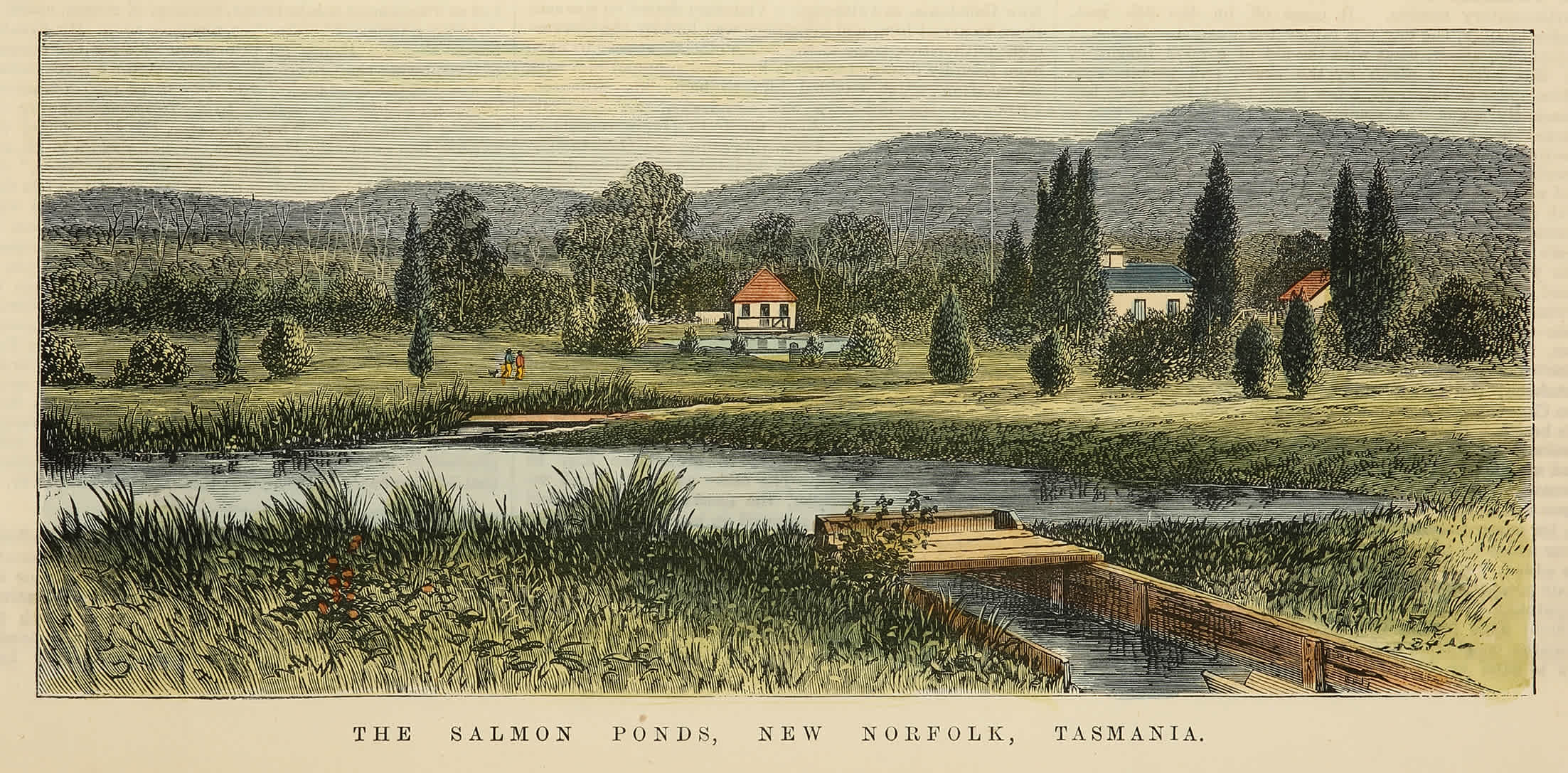Dozens of old tyres rest at the bottom of the disused, open cut mine. Stacked by unknown workers, they sit at the end of a dirt road that zigzags from the top of the barren hill to the bottom of the pit. In the distance, rain clouds, well-known to anyone who has frequented Tasmania’s west, hang above the peaks.
Ilona Schneider’s revealing photograph of Mount Lyell is part of her Landmarks exhibition currently showing at the QVMAG.
Mt Lyell is long way from her childhood home, the city of Salzburg in Austria. (Born in Switzerland, Ilona’s family moved to Austria when she was four.) It’s also a long way from the studio and press photography she did in Salzburg, initially as an apprentice photographer, and her later work in France in fashion photography and film. Unlike Australia, photography in Austria is a trade, learnt through an apprenticeship which Ilona began when she was 16. “It was a very different life then. Everything was manual, analogue, hand-printed and black and white.“
It was a solid training ground.
Her path from the cities of Europe to rural Tasmania began in 1994. Her decision to move to Australia was made in part because her mother lived here and in part because photography is a free profession. In addition, “The early ‘90s in Europe was a breakdown for a lot of things politically. It was great when the Berlin Wall fell but after the fall of the wall and the building of the European Union, Europe was in a lot of turmoil.”
She began her Australian life on the south coast of New South Wales where her mother lived. Later she moved to the Gold Coast where she worked in graphic design and in aerial photography, but she says, “I craved for a real city, so I moved to Melbourne.” Despite not knowing anyone in Melbourne, she re-established herself, opening her own business in graphic design and photography, especially performance photography, and portraiture, something she now enjoys in Hobart at her delightful, spacious studio in Elizabeth Street.


For someone whose current exhibition is so powerful, remarkably Ilona has always had a somewhat ambivalent connection with photography. While in Melbourne she decided to give up photography completely and started working in a café, little knowing where it would ultimately lead her. One day in the café, she met, “An old hippie from San Francisco, who grew up with Ansel Adams.” His name was Kevin Frost. Frost invited her to his place where, “I opened the kitchen cabinets and there was just photographic chemistry. We got on very well and that rekindled my interest.”
Schneider and Frost visited Tasmania together in 2007. “We came and loved it instantly,” she said. “Kevin is from California. We both come from mountainous country so I loved it – this hilly landscape, the lakes, the rivers, the fresh air, the seasons, everything, we loved everything about it.”
After four weeks of travelling around Tasmania, they bought a small, celery top pine hut in Pelverata, invested in some goats, and began life in the country. “For a city girl like me, coming to the country, it was a bit of a shock. It was such a steep learning curve because most of the things I’d never done in my life. But I enjoyed it.”
Home is a strong draw for us all, and Schneider’s exhibition Landmarks is about her search for home.
After six years in Pelverata, she returned to Europe for a visit. “I did a few train trips which I used to know from childhood, which led through industrial country, all of which was familiar. I discovered that the quarries, the bridges, the roads, and the field walks, the industrial side became like landmarks of my childhood, not that I called it that at the time … landscape as a memory trigger of what home was and is.”
While she was in Austria she also went to the New Topographics exhibition in Linz which included the work of Robert Adams, Lewis Baltz, Bernd and Hilla Becher, Frank Gohlke, Edward Ruscha, Nicholas Nixon and Stephen Shore. The exhibition, which was first shown at the George Eastman House (Rochester, New York) in 1975, depicts inhabited landscape. “It very much influenced my ideas about landscape photography at that time.”
Returning to Tasmania, Schneider wanted to find and follow the stories left here in the landscape to see where they led. She went to places such as Butlers Gorge, Bronte Park, Queenstown and Lake Margaret. As she travelled through the mountainous western areas of Tasmania she came upon pipelines, mines, dams and quarries. She also found empty migrant villages such as the one at Lake Margaret. “Where are the people now and why is there nobody living there anymore? People whose stories are very close to my own about displacement and the search for home.“
Working in the difficult, wet terrain on Tasmania’s lush west coast was not without its problems though. Unsurprisingly, “Most of the photos were taken in the rain.”
Schneider quickly realised that, “Although I like to use a large format camera, it was a nightmare, it was impossible to get up and down the locations. With digital I was able to be much more mobile.”
In her search for home, Schneider’s desire to photograph those things that inspire her imagination and which ask us to think about our world has led to a stunning body of work which Tasmanians will recognise and relate to as part of our history in this incredible landscape.
Landmarks is at the QVMAG until October 17, 2018.
Pen Tayler is a Tasmanian writer and photographer. She photographed 12 towns for Towns of Tasmania, written by Bert Spinks, and has written and provided images for Hop Kilns of Tasmania (both Forty South Publishing). She is currently working on a book about Prospect and Belmont houses, Coal River Valley.











